NZMK Group produces metal products, metal products, and provides services such as machining of metal parts.
Metal machining services. Plant Capabilities
Machining does not directly or indirectly affect the change in the internal structure of the material, providing only a change in its configuration and geometric dimensions.
Customers have the option of placing processing orders with us through:
- cutting workpiece;
- Plastic deformation:
- o Forging;
- o Stamping;
- o Pressing;
- o Thread rolling;
- Deformation cutting;
- Electrophysical processing:
- o Electroerosive;
- o Electrochemical;
- o Electric welding (arc);
- Electrical processing.
Machining of metal cutting is most often in demand. At the Novomoskovsk Steel Structures Plant, cutting is performed by the following types:
- Turning - is performed in cases where the workpiece almost matches the size of the desired part. Required by the customer metal machining performed on machines for various purposes:
- o Turning;
- o Broaching and milling;
- o Drilling and boring, etc.
- drilling;
- chiselling;
- Stretching;
- Milling - carried out on special machines;
- Planing - is performed on machines and transverse planing equipment;
- Grinding - performed on grinders
Metal machining services are provided using a number of auxiliary types of said processing.
Stages of machining of metal parts according to customer drawings
Having received a set of working documentation from the customer, NZMK Group of Companies technologists determine:
- whether it is possible to manufacture parts corresponding to the TOR on the existing equipment;
- what machines are required for this;
- what modes should be processed, etc.
Quite often, after that, a decision is made to machine the workpiece by cutting. During this operation, the excess metal layer (allowance) is removed. After that, the part corresponds to the dimensions specified by the customer's drawing.
The decision to turn the workpiece is made in those cases when, in terms of its geometric characteristics, it differs slightly from those that the finished part should have.
Mechanical restoration drilling allows you to make the necessary holes in the structure. And chiselling or milling is to give the product the required geometric parameters.
In some cases, blanks are processed by pressure. For example, mechanical processing of metals(non-ferrous) often involves the use of hot forging. In this case, forging can be performed by one of the following options:
- free;
- using a blacksmith's stamp.
An alternative processing option can be pressing technology. There are several presses of various capacities and purposes at the Novomoskovsk Steel Structures Plant.
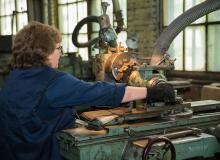
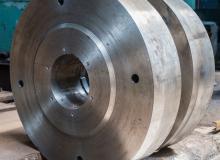
In many areas of industry, a process such as mechanical processing of metals is indispensable. Machines, machine tools and tools are constantly being improved, operations are carried out faster and faster from year to year. On the manufacturing enterprises work machines specialized and general purpose. With the help of such machines, it is easy to cut blanks of sheet, profile or other types. Methods for separating the material are also widely used:, cutter, band saw and others.
Technological processes of mechanical processing of metals
Machining of metals is a rather complex process, which results in parts of certain sizes and given shapes. There are two ways of mechanical action on the material. The first method is expressed in the removal of the top layer from the working surface. In this case, the depth can be different depending on the requirements for the dimensions of the part. In the second method, the material is not damaged in any way during the initial impact, it can only be pressed, stamped, forged, rolled. As a rule, this method of exposure is followed by the stage further work above the detail.
A complex of technological operations for giving a certain size and shape to parts provides different kinds machining metals. The main ones are turning, milling, planing, grinding and drilling. Now all operations are carried out on modern multifunctional machines. So, the same machine can perform successively different functions. To do this, you just need to install the programs correctly and apply them in time. the right tools. Many names of tools speak of their purpose: a drill for drilling, a milling cutter for milling, and so on.
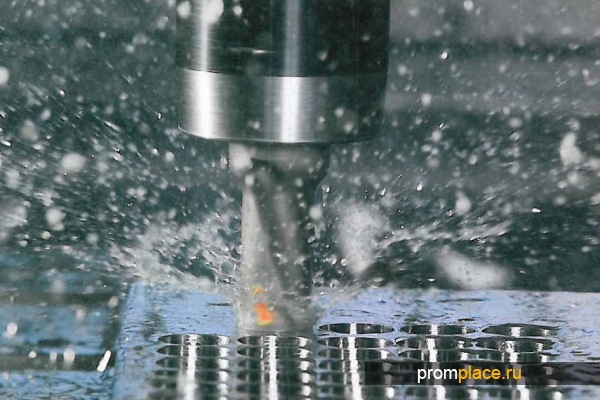
All types of mechanical processing of metals are diverse, they have their own differences and nuances. The most modern way that meets high-tech requirements is processing on a lathe. They are automatic, semi-automatic and CNC. As a rule, for processing shaped or flat surfaces, milling of various types is used: face, end or shaped.
Now many modern industries offer metal machining services. There are also a lot of machines for carrying out these works, but time dictates its own conditions, so the machines are constantly being improved. So, primitive machines have almost everywhere been replaced by automatic lines. Dynamically developing enterprises are trying to expand production as much as possible with the help of high-tech equipment. Thus, with a high degree of probability, it is possible to guarantee the high quality of products and the minimum order processing time. Any production wins if it accepts for priority good production of quality products, regardless of the volume of the order and its complexity.
Equipment for mechanical processing of metals
As a rule, metal machining services are performed quickly and in full compliance with all standards when qualified personnel take up the work. In addition, each promising enterprise provides optimal conditions for work: sufficient availability of production facilities, necessary equipment. It should be noted that in order to successfully and quickly complete the order, the staff needs to provide machine tools, welding and technological equipment.
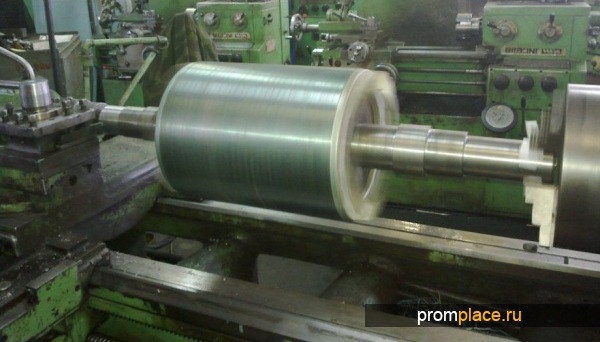
So, to perform the work, you should choose the right equipment for the mechanical processing of metals. Of course, for the main work - chip removal, the turning and milling direction is responsible. The most common equipment in this area is CNC turning centers and centers. Modern models make it possible to manufacture parts that meet the highest requirements regarding geometric parameters product and surface roughness. The advantages of new models of machines are: accuracy, speed, improved parameters of working areas.
The equipment for mechanical processing of metals is currently presented in a wide range. Among the variety of models, there are both the most popular and quite rare (relatively frequent applications). For example, a carousel machine that can process a part with a diameter of up to nine meters. Such a machine is not used often and not everywhere. Quite in demand are jig boring machines that provide high-quality boring at any angle and boring machines with rotary tables. Each enterprise, whose field of activity is metal machining, tries to have milling, gear-hobbing, radial, horizontal and vertical drilling machines available.
Machining is a process during which the dimensions and configuration of workpieces and parts are changed. If we talk about metal products, then special cutting tools are used for their processing, such as cutters, broaches, drills, taps, cutters, etc. All operations are performed on metal-cutting machines according to the technological map. In this article we will learn what are the methods and types of mechanical processing of metals.
Processing methods
Machining is divided into two large groups. The first includes operations that occur without removing the metal. These include forging, stamping, pressing, rolling. This is the so-called using pressure or shock. It is used to give the desired shape to the workpiece. For non-ferrous metals, forging is most often used, and for ferrous metals, stamping is most often used.
The second group includes operations during which part of the metal is removed from the workpiece. This is necessary to give her required sizes. Such machining of metal is called cutting and is performed using the most common processing methods are turning, drilling, countersinking, grinding, milling, reaming, chiselling, planing and broaching.
What is the type of processing
Manufacturing metal part from a blank is a laborious and rather complicated process. It includes many different operations. One of them is mechanical processing of metal. Before starting it, make up technological map and make a drawing of the finished part indicating all the required dimensions and accuracy classes. In some cases, a separate drawing is also prepared for intermediate operations.
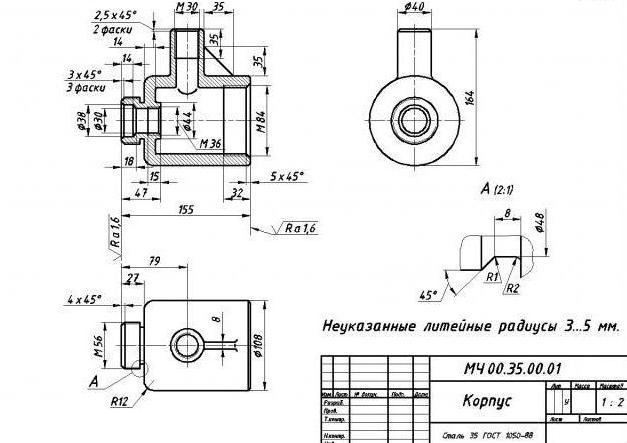
In addition, there is roughing, semi-finishing and finishing machining of metal. For each of them, the calculation and allowances are performed. The type of metal processing as a whole depends on the surface to be treated, the accuracy class, the roughness parameters and the dimensions of the part. For example, to obtain a hole according to the H11 grade, rough drilling is used with a drill, and for a semi-clean reaming to the 3rd accuracy class, you can use a reamer or countersink. Next, we will study the methods of mechanical processing of metals in more detail.
Turning and drilling
Turning is performed on machines of the turning group with the help of cutters. The workpiece is attached to the spindle, which rotates at a given speed. And the cutter, fixed in the caliper, makes longitudinal-transverse movements. In new CNC machines, all these parameters are entered into the computer, and the device itself performs necessary operation. In older models, for example, 16K20, longitudinal and transverse movements are performed manually. On lathes it is possible to turn shaped, conical and cylindrical surfaces.
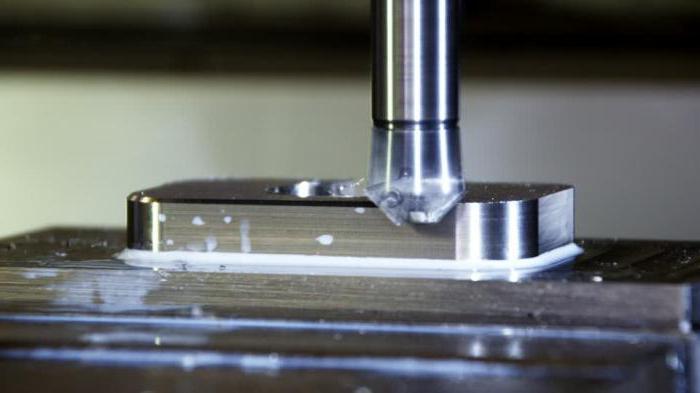
Drilling is an operation that is performed to obtain holes. The main working tool is a drill. As a rule, drilling does not provide a high accuracy class and is either rough or semi-finishing. To obtain a hole with a quality below H8, reaming, reaming, boring and countersinking are used. In addition, after drilling, cutting can also be performed internal thread. Such machining of metal is performed using taps and some types of cutters.
Milling and grinding
Milling is one of the most interesting ways of metal processing. This operation is performed using a wide variety of milling cutters on milling machines. There are end, shaped, end and peripheral processing. Milling can be both rough and semi-finishing, and finishing. The smallest quality of accuracy obtained during finishing is 6. With the help of cutters, various dowels, grooves, wells, undercuts are machined, profiles are milled.
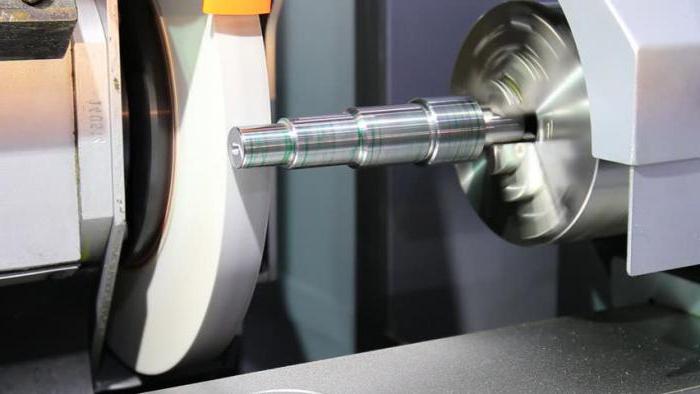
Grinding is a mechanical operation used to improve the quality of roughness, as well as to remove an excess layer of metal down to a micron. Usually, this processing is the final stage in the manufacture of parts, which means it is finishing. For cutting, abrasive wheels are used, on the surface of which there is a huge number of grains that have different shape cutting edge. During this processing, the part is very hot. In order for the metal not to be deformed and not chipped, cutting fluids (LLC) are used. Machining of non-ferrous metals is carried out with the help of diamond tools. This allows you to ensure the best quality of the manufactured part.
Fine-grained hard grades without any coatings have proven themselves quite well for titanium machining.In the machine-building, metalworking industries, in construction they use various ways metal processing, cutting - one of their varieties.
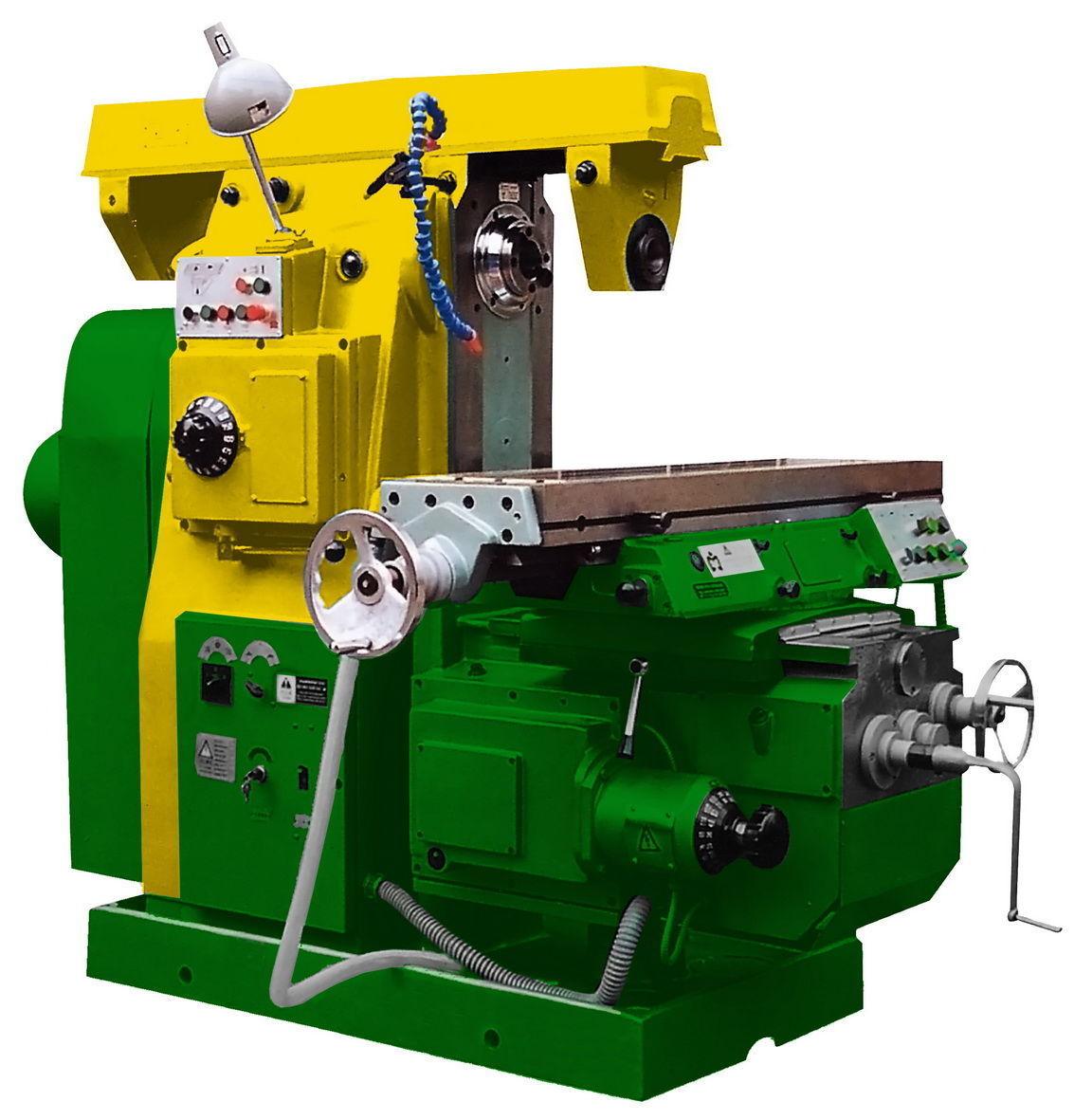
Since there are a huge variety of metal parts, they differ in shape, size, weight, alloy composition, therefore metal cutting is also carried out in several ways. The main ones can be distinguished:
- turning;
- drilling;
- milling;
- planing;
- grinding.
Each type involves the use of specialized equipment - often these are stationary machines.
Turning metal parts
This method is used when the original workpiece needs to be slightly brought to the right sizes and configuration. To do this, experts use lathe, a set of drills or cutters. The part to be processed is placed in a special rotary device, around which the cutting mechanism moves.
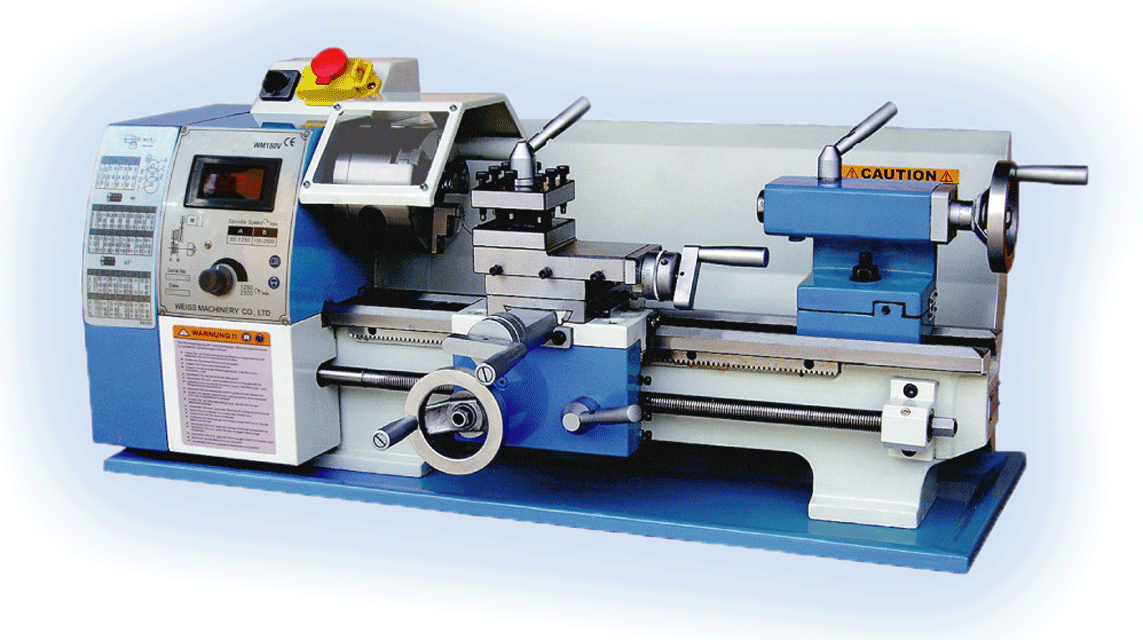
Due to the force exerted, the edge of the drill tip cuts into the part and removes the excess layer, which turns into different kind shavings. Depending on what type of cutting is performed, chips can be:
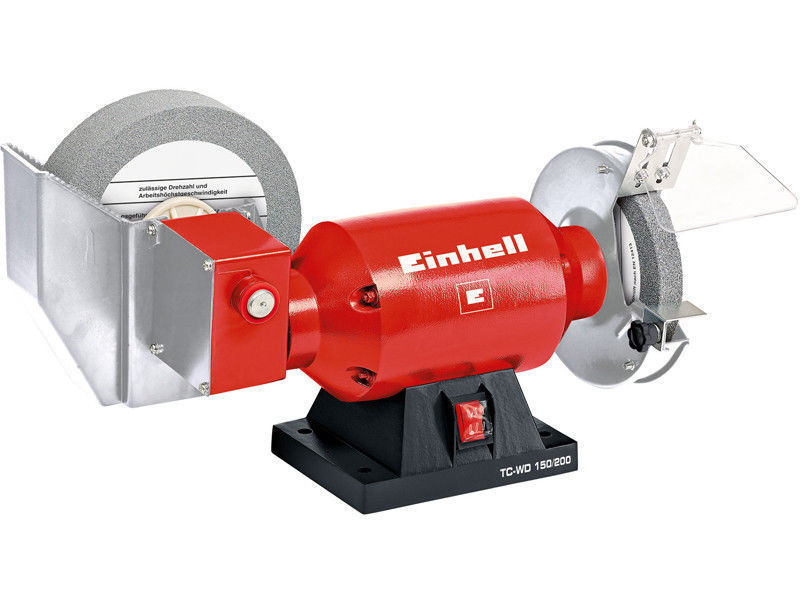
- elemental - obtained by processing a superhard metal such as titanium, processes are performed at low speeds;
- merged - formed during high-speed turning of parts made of non-hard steel, copper, tin, plastic;
- fracture - occurs as a result of cutting metal-plastic parts;
- stepped chips are obtained as a result of processing metals of medium hardness.
For different types of metal, a suitable speed is selected, so refractory and superhard metals must be sharpened at a minimum speed. It is calculated before starting work and set in the parameters grinder, then the speed is maintained automatically.
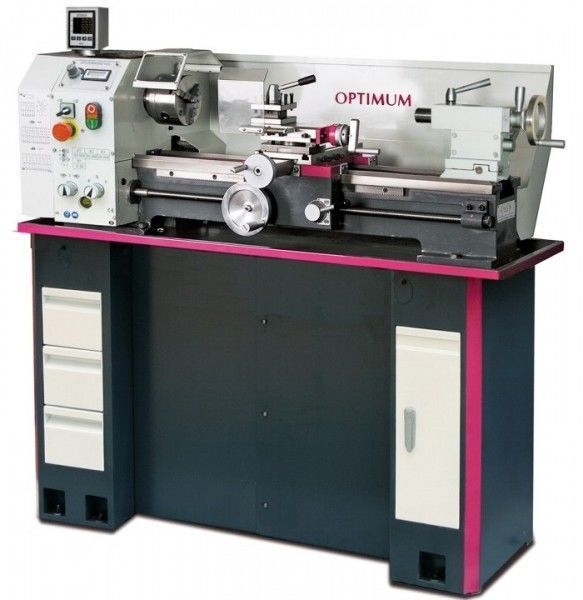
It must be understood that more accurate and clean works are provided at a lower speed, and roughing can be carried out at the maximum allowable.
An important point is the metal alloys from which the cutters are made. The sharpener should be made of a stronger alloy than the part to be cut. Most often, titanium, tungsten, tantalum are used for cutters.
Depending on what kind of turning is necessary, the cutters have various forms and dimensions, a variety of cutting elements will allow you to work with high accuracy and less chips, that is, without significant waste.
The cutter can be classified according to the main types of processing:
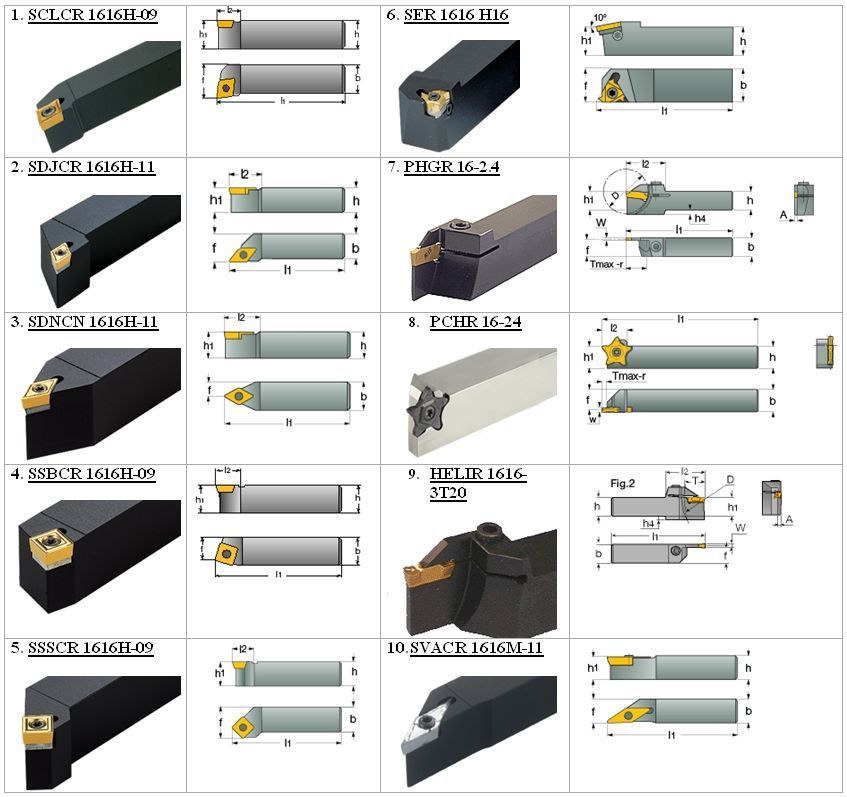
- boring;
- threaded;
- groove;
- checkpoint;
- cutting;
- undercut;
- shaped.
The lathe itself can be mechanical and automated with a software control panel. The latter gives the greatest accuracy and speed of work, this type of machine tool has replaced the mechanical one and is gradually replacing them from production.
All calculations - speed, required angles, thread directions are calculated in software package, this opens up wide opportunities for the production of non-standard parts. If a mechanical one were used for them, it would take considerable time to set up and a large percentage of rejects is not ruled out.
Drilling metal workpieces
Another type of cutting of metal parts is drilling, it is performed on the appropriate equipment, and the cutter itself is called a drill. The essence of the method is that the drill or countersink is driven mechanically and rotates around its own axis.
Drilling machine. Customization and other tricks
Due to such movements, the tool crashes into a metal part, making a hole in it. The drill is driven by a manual fixture, mechanical and automated machines. Using a drill, you can make holes in a metal workpiece different kind, size and depth:
- feather;
- spiral;
- centering.
The most common spiral type of drill, it consists of three parts: the working part, the neck and the shank. The cutting piece has two edges located at a certain angle with respect to each other, for example, to cut a cast iron part, an angle of 118 o is required.
Steering rack drilling machine
The shank is needed to fix the drill in the chuck of the machine or drill. It can have two shapes: cylindrical or conical. A foot is installed at the end of the shank, which is needed to push the drill out of the socket after use.
The neck of the drill is a transitional link that is necessary to ensure the exit during the grinding process of the abrasive wheel. The drill is marked on the neck.
Before starting drilling, you need to mark the part, it is better to make the center in-depth with a center punch so that at the beginning of work the drill does not fly off the intended point.
Various tools can be used to drill metal parts:
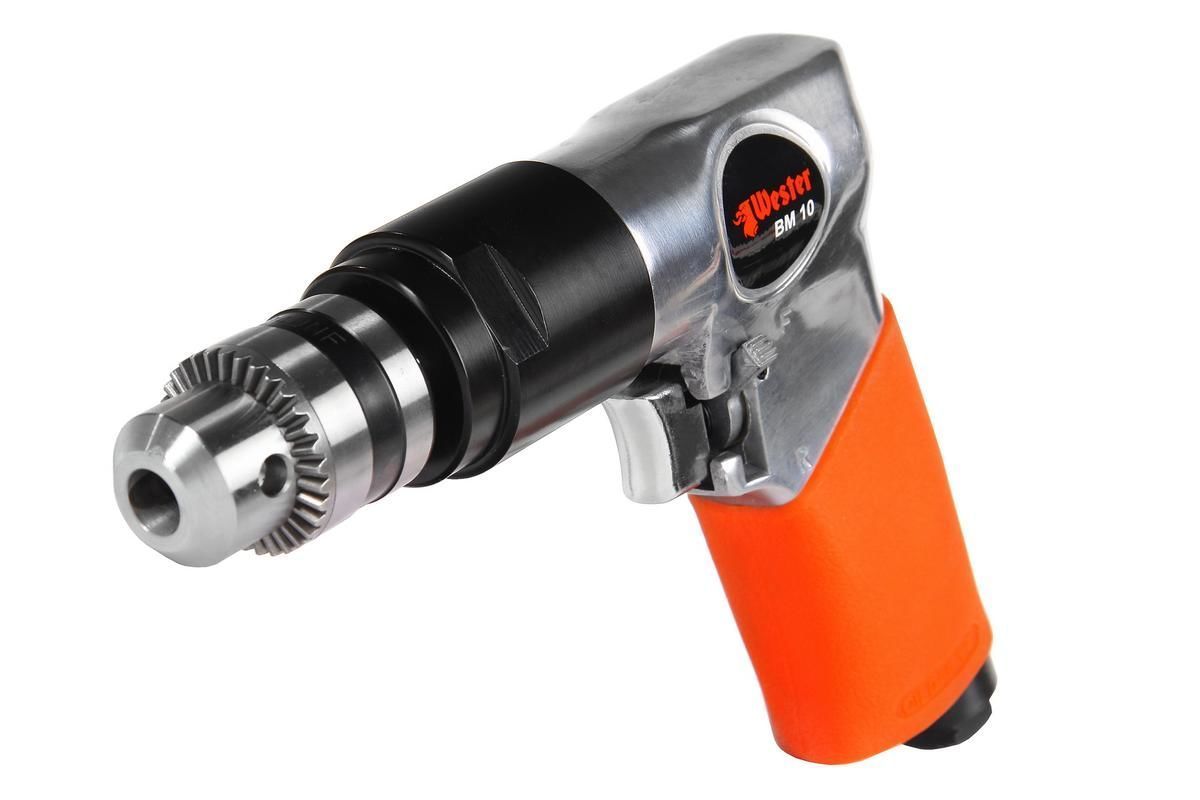
Milling of metal parts
Metal cutting with a milling cutter is one of the most common methods. The main cutting element in the design of the machine is a cutter - a round wheel with jagged edges. The electric motor drives the cutting mechanism, at high speed the cutter cuts into the metal workpiece and removes layers in the right places.
Turning and milling machine DMG CTX gamma 2000
The result is a cut into parts and chips of waste material. Previously, milling machines were operated only by a specialist, due to the high speeds and wheel diameter, a lot of waste and defective parts were obtained. Modern machines are controlled software, thanks to which high level cutting precision.
Milling machine for metal Corvette 416 Enkor
Cutters can be different sizes and shapes and are used depending on the required size of the cut, the type of metal being processed.
The latest generation machines are equipped with a laser, which allows not only to achieve maximum precision, but also to perform work on complex figured cutting. The thermal laser burns the edge in the right places, and the grinding laser passes several times along the edge, cutting the metal, this approach ensures that the minimum layer of workpiece material is removed. The output is a clean cut, without burrs and chips, such a part will not require further cleaning.
Planer cutting of metal
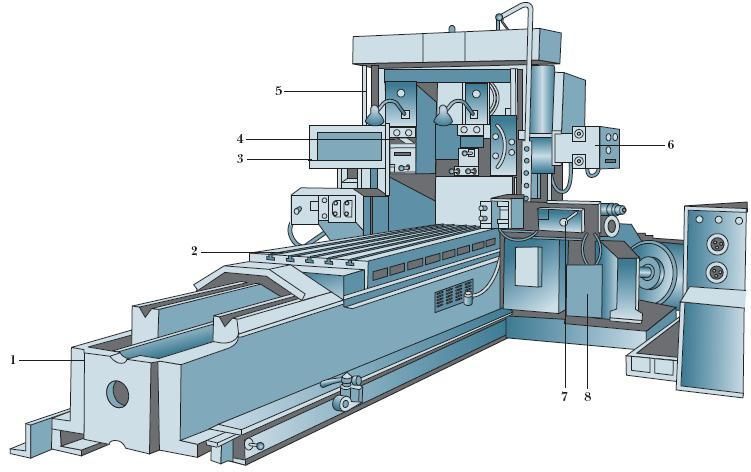
Processing of metal by cutting in a planing way involves the removal upper layers the surface of the part being machined. This type of processing involves the use of specialized machines:
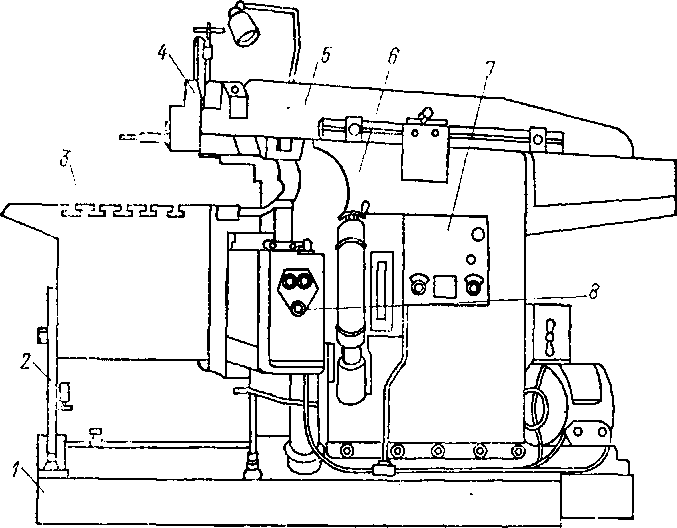
- planing and slotting;
- cross and longitudinal section;
- edge-cutting.
The machines differ in the way of movement of the cutting mechanism, productivity, quality of metal processing.
A feature of planing machines is the use of only straight planing cutters, they are installed at short overhangs, since they do not differ in vibration resistance, but are quite simple to operate.
The disadvantage of such cutters is the impossibility of obtaining the most accurate cutting results. To eliminate this drawback, some machines have the ability to mount several cutters.
Working with planers it is important to consider that the cutting parts are quite powerful and are capable of plunging into the metal to a great depth from the first press, which can ruin the product.
Grinding as a way to cut metal
The grinding method for cutting metal parts involves the use of various abrasive wheels. They consist of small grains of mineral origin, which are connected to each other by a bunch.
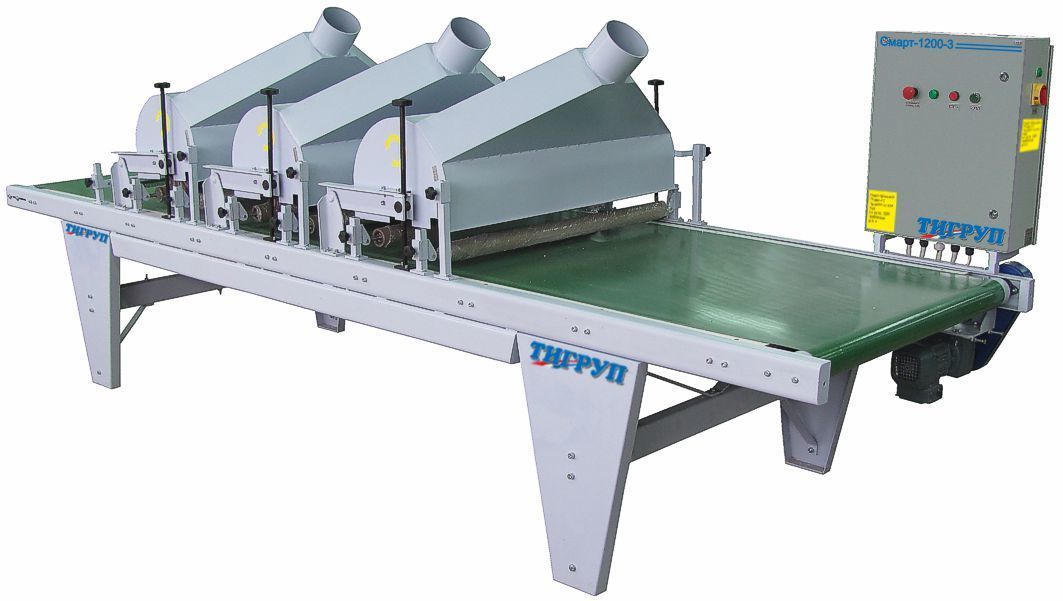
The cutting technique is reduced to the following process: when the abrasive nozzles move, the sharp edges cut off the upper layers of the metal and leave a smooth recess behind them. All movements are carried out at a very high speed, sometimes it reaches 3000 meters in one minute, for comparison, when turning, the maximum speed is 30 meters.
Due to the high speed and the chaotic arrangement of the grains, very small chips are obtained, which scatter in all directions and for several meters. This feature should be taken into account when organizing safe conditions worker.
Grinding allows you to achieve precise cutting results, however, the machine consumes a lot of electricity, 10 times more than, for example, a lathe. Another feature of grinding is the high degree of heating of the metal part itself, in some cases up to 1000 o. This must be taken into account when processing soft metals, such as copper, tin, cast iron and others, they can simply melt from the action of the grinding wheel.
Video: The amazing possibilities of CNC machines
Most machine parts are made by machining. The blanks of such parts are rolled products, castings, forgings, stampings, etc.
The process of machining parts by cutting is based on the formation of new surfaces by deformation and subsequent separation of the surface layers of the material with the formation of chips. The part of the metal that is removed during processing is called the allowance. Or, in other words, the allowance is an excess (in excess of the drawing size) layer of the workpiece left for removal by a cutting tool during cutting operations.
After removing the allowance on metal-cutting machines, the workpiece acquires the shape and dimensions corresponding to the working drawing of the part. To reduce the labor intensity and cost of manufacturing a part, as well as to save metal, the size of the allowance should be minimal, but at the same time sufficient to obtain good quality parts and with the required surface roughness.
In modern mechanical engineering, there is a tendency to reduce the volume of metal cutting by increasing the accuracy of the original workpieces.
Basic methods of metal cutting. Depending on the nature of the work performed and the type of cutting tool, the following metal cutting methods are distinguished: turning, milling, drilling, countersinking, slotting, broaching, reaming, etc. (Fig. 12).
Turning- the operation of processing bodies of revolution, helical and spiral surfaces by cutting with cutters on machines of the turning group. When turning (Fig. 12.1), the workpiece is given a rotational movement (main movement), and the cutting tool (cutter) is given a slow translational movement in the longitudinal or transverse direction (feed movement).
Milling- a high-performance and widespread process of processing materials by cutting, performed on milling machines. The cutter receives the main (rotational) movement, and the workpiece receives the feed movement in the longitudinal direction (Fig. 12.2).
drilling- the operation of processing the material by cutting to obtain a hole. The cutting tool is a drill that performs a rotational movement (main movement) of cutting and an axial movement of the feed. Drilling is done on drilling machines(Fig. 12.3).
Planing- a method of machining planes or ruled surfaces. The main movement (rectilinear reciprocating) is performed by a curved planer, and the feed movement (rectilinear, perpendicular to the main movement, intermittent) is the workpiece. Planing is carried out on planing machines (Fig. 12.4).
chiselling- a method of processing planes or shaped surfaces with a cutter. The main movement (rectilinear reciprocating) is performed by the cutter, and the feed movement (rectilinear, perpendicular to the main movement, intermittent) is performed by the workpiece. Slotting is carried out on slotting machines (Fig. 12.5).
grinding- the process of finishing and finishing of machine parts and tools by removing a thin layer of metal from their surface with grinding wheels, on the surface of which abrasive grains are located.
Rice. 12
The main movement is rotational, which is carried out by a grinding wheel. With circular grinding (Fig. 12.6), the workpiece rotates at the same time. With flat grinding, the longitudinal feed is usually carried out by a workpiece, and the transverse feed is carried out by a grinding wheel or a workpiece (Fig. 12.7).
Stretching- a process, the productivity of which is several times greater than that of planing and even milling. The main movement is rectilinear and less often rotational (Fig. 12.8).











What prayers should be read in the morning and evening
Hegumen Dionysius (Shlenov)
Temple of the Life-Giving Trinity on the Sparrow Hills of the Revelation of John the Theologian read adapted
The miracle of the prayer “Our Lady of the Virgin, rejoice The prayer of the mother of God is read 150 times
Can a husband and wife be godparents to a child Can a husband and wife become godparents